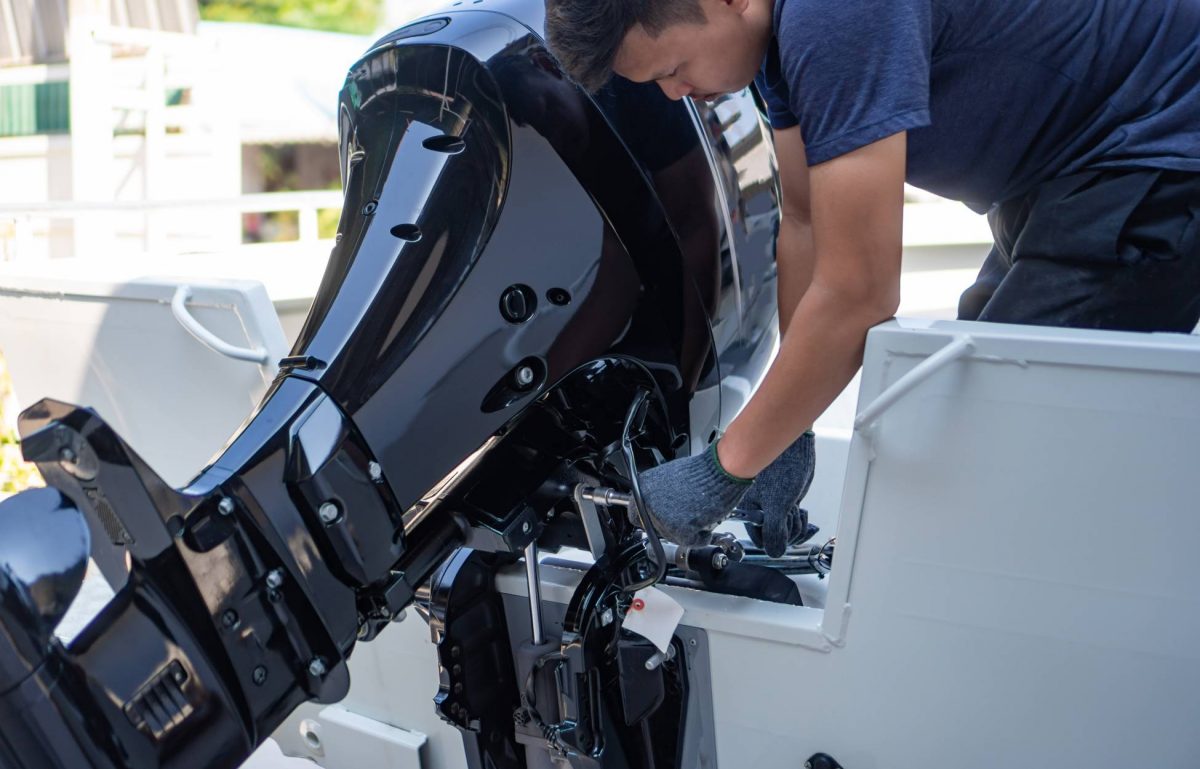Electric boat motors are gaining traction among boat owners. Unlike traditional gas-powered motors, electric motors offer a quieter, more eco-friendly alternative. But how does their maintenance differ? This article covers how electric boat motor maintenance differs from traditional and offers practical advice for keeping your electric motor in top shape.
Key Differences in Maintenance
Electric motors require different maintenance practices than traditional internal combustion engines. While both need regular attention, electric motors lack complex components like carburetors or fuel lines. Instead, they feature batteries, controllers, and electric wiring. These components demand specific care, such as regular inspection of battery terminals and ensuring wiring remains intact and corrosion-free.
Advantages of Electric Maintenance
Maintaining an electric motor provides several advantages. First, with fewer moving parts, maintenance costs often decrease. The environmental benefits also stand out—electric motors produce zero emissions. This green advantage contributes to a more sustainable boating experience, which appeals to eco-conscious boaters.
Common Electric Motor Issues
Despite their benefits, electric motors present their own set of challenges. Battery degradation remains a common concern. To prevent this, regularly monitor battery health and charge levels. Improper venting leads to overheating, potentially damaging the motor. Regularly check vents and cooling systems to keep everything running smoothly. Not properly maintaining your motor is one electric boat motor maintenance mistake to avoid.
Recommended Maintenance Schedule
A consistent maintenance schedule keeps your electric motor reliable. Monthly, inspect battery terminals for corrosion and clean them as needed. Check wiring for signs of wear, and test the motor’s cooling system to avoid overheating. Every six months, thoroughly inspect the motor’s internal components and update the software if necessary.
Tools and Techniques for Electric Motors
Maintaining electric motors requires specific tools and techniques. A digital multimeter allows you to measure electrical currents safely and identify issues in wiring. Use a torque wrench to secure battery terminals and prevent loose connections. Unlike traditional methods, the focus here lies on electronic diagnostics and software updates, which require a different skill set.
Electric boat motors represent the future of boating technology. Understanding electric boat motor maintenance needs proves crucial to maximizing performance and longevity. By adapting your practices and staying informed about specific maintenance requirements, you can enjoy a quieter, cleaner ride on the water. Experience the difference today.













